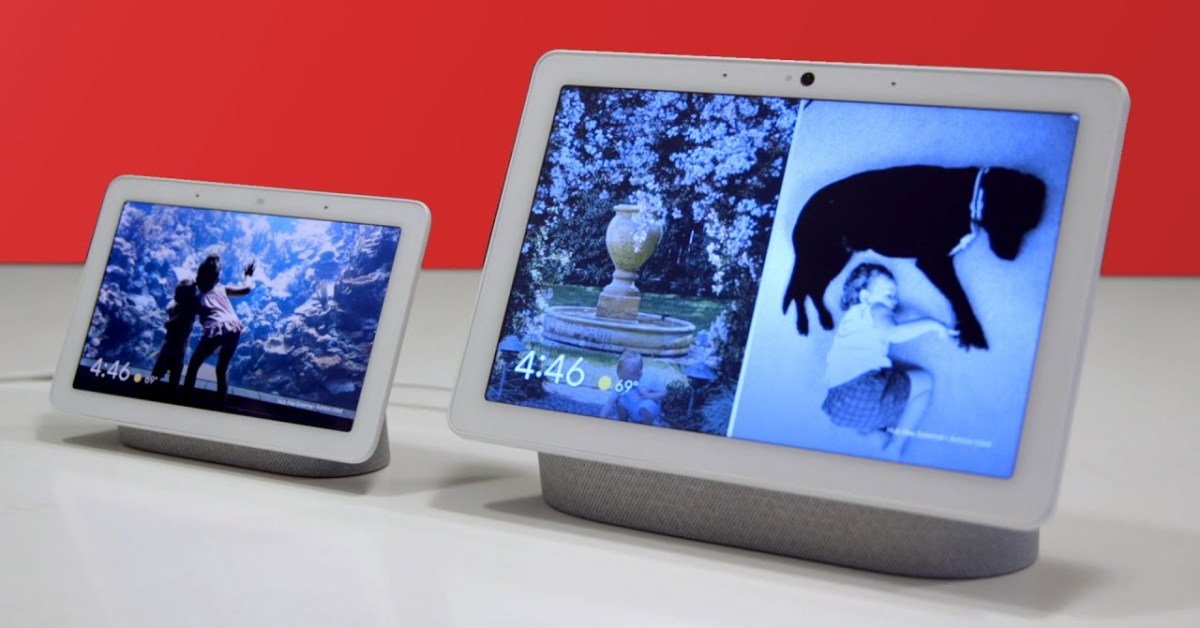Google Confirms Ongoing Commitment to Smart Displays Amid Gemini for Home Rollout

Key Points
- Google Home lead Anish Kattukaran confirms the company’s commitment to smart displays.
- Smart displays combine microphones, speakers, screens and cameras for multi‑modal interaction.
- The new Gemini for Home platform will be tightly integrated with future smart displays.
- Current Nest Hub devices are compatible with Gemini but run on older hardware.
- Google aims to deliver a richer home experience through upgraded display hardware.
- Competitors like Amazon have introduced newer smart displays with advanced AI processing.
- No specific new device has been announced, but news is expected soon.
Google has reaffirmed its dedication to smart displays, linking them to the new Gemini for Home platform. Anish Kattukaran, head of Google Home, emphasized the multi‑modal strengths of displays—combining microphones, speakers, screens and cameras—to deliver a richer home experience. While no specific hardware has been announced, the company signals that future smart displays will be integral to its AI‑driven home strategy, positioning them as the ultimate form factor for interacting with Gemini and the broader Google ecosystem.
Google’s Vision for Smart Displays
In a recent interview, Anish Kattukaran, senior leader for Google Home, told The Verge that Google is “definitely committed to smart displays” and that news about them will be shared soon. He described the smart display as an “incredible form factor” that blends audio input, audio output, visual display and camera capabilities. According to Kattukaran, this combination enables users to interact with Google’s AI services in a more natural and immersive way, moving beyond voice‑only interactions.
Kattukaran highlighted that the presence of a microphone allows the device to hear commands, the speaker provides responses, the screen visualizes information, and the camera adds a vision component. Together, these elements create a multi‑modal interface that aligns with Google’s broader goals for home AI.
Gemini for Home and Multi‑Modal Interaction
The new Gemini for Home platform is at the center of Google’s smart‑display strategy. Kattukaran explained that Gemini benefits from the display’s ability to process audio, visual and contextual data, making it “almost the ultimate form factor to be able to deliver a really great home experience.” He indicated that future smart displays will be designed to fully leverage Gemini’s capabilities, providing richer, context‑aware interactions for users.
Current Google devices such as the Nest Hub and Nest Hub Max are compatible with Gemini, but they run on older hardware. Kattukaran’s comments suggest that upcoming devices will represent a significant upgrade, offering more powerful AI processing and tighter integration with the Gemini ecosystem.
Industry Context and Future Outlook
Google’s reaffirmed focus on smart displays comes as competitors like Amazon have launched newer Echo Show models featuring advanced processors and local AI capabilities. By emphasizing the multi‑modal strengths of its upcoming displays, Google aims to position its hardware as a compelling alternative in the evolving smart‑home market.
While no specific product details have been disclosed, the company’s stated commitment signals that new smart‑display hardware is on the horizon. The emphasis on combining voice, vision and visual feedback points to a future where Google’s home devices serve as central hubs for AI‑driven interactions, reinforcing the company’s long‑term strategy for an integrated, intelligent home environment.